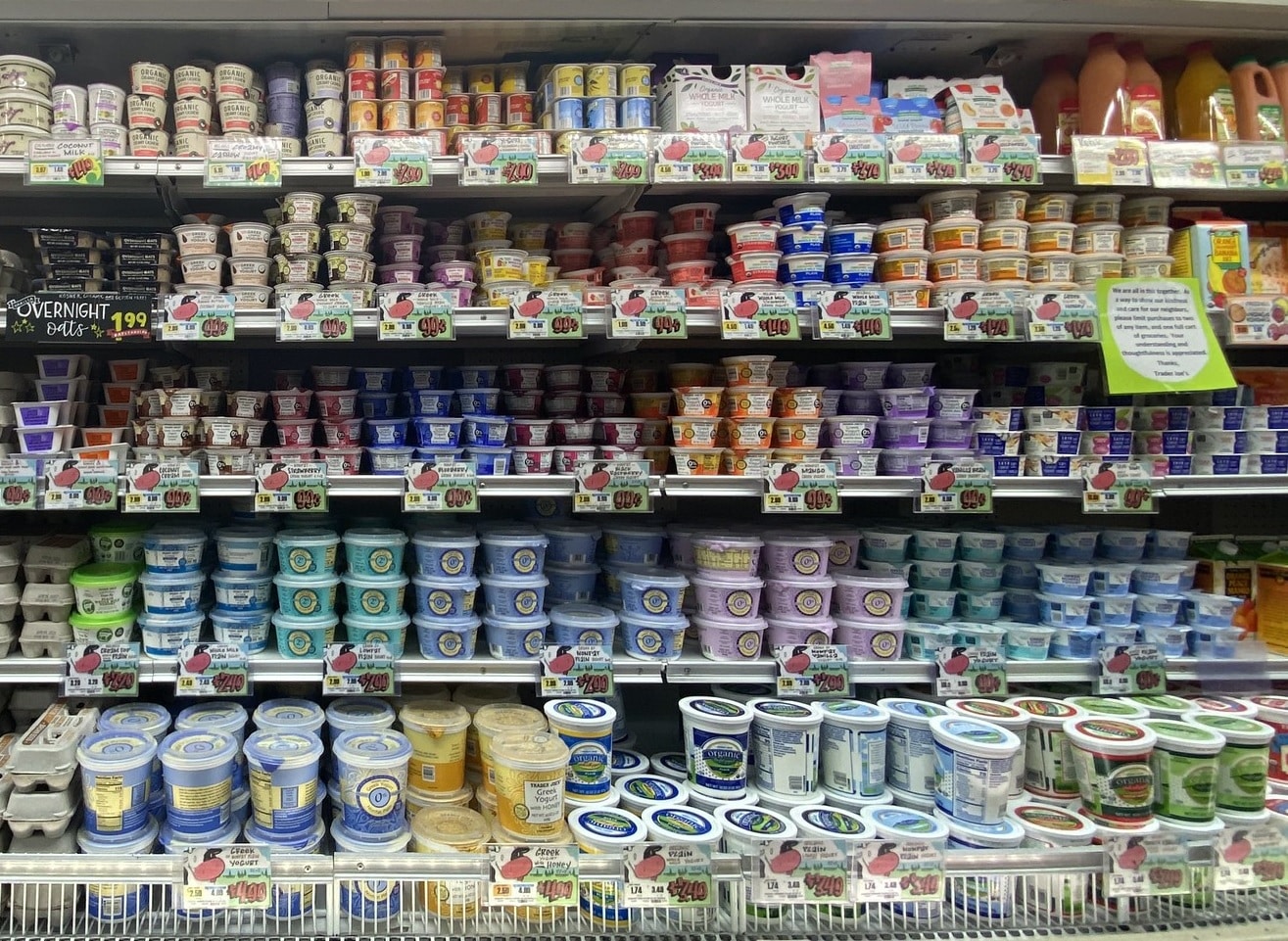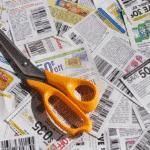
Catalina tells of a client, a yogurt brand, that recently “decided to implicitly raise prices by pulling back on its trade promotions.” And then it saw sales plummet nearly 20%, as shoppers balked and bought other brands instead.
Too many brands, Catalina cautions, “are operating as if today’s inflation rates are a momentary blip,” and they can simply hit pause on their promotions until things get better. But the higher that prices go, and the longer that inflation lasts, brands that are “looking back to their 1980s playbook for guidance” risk losing many of their once-loyal customers forever.
That’s one of the warnings in a new report from the shopper intelligence company. Catalina’s “2022 Ultimate Pricing & Promotion Inflation Guide for CPG Marketers” advises brands on how to navigate these uncertain times, without alienating shoppers in the process.
And it’s not easy, with prices rising throughout the grocery store. Catalina tracked prices across ten product categories and found that prices are rising in every one. Most impacted is the cereal aisle, where prices are 13% higher than they were this time last year. Frozen prepared foods, soft drinks and water, and soaps and detergent all rose 12%. The least impacted category is frozen vegetables, though prices there still rose 4%.
Overall, grocery prices across all categories are up nearly 10%, which Catalina says has shoppers “looking for lower-priced alternatives, including store brands, and seeking more promotions and discounts.”
So brands that try to avoid relying on promotions and discounts do so at their peril. Among the many brands that have addressed the issue lately, some are ramping up promotions, some are slowly reintroducing them but trying to keep them below pre-pandemic levels, and some are simply hoping that enough shoppers will recognize quality when they see it and be willing to pay more.
Catalina is encouraging more personalized pricing and promotions. Unlike in those “1980s playbooks,” brands today can take advantage of a lot more information about their customers, tailoring specific offers to specific types of shoppers. “Catalina recommends sending personalized price discounts to the most price sensitive buyers and offering content — recipes, brand information, usage ideas — to those less concerned about price, to keep them engaged or stretch them to trade up.”
Then, Catalina suggests, it becomes a win-win – shoppers who are more price-sensitive get more deals, while marketers are able to be “more judicious with their limited marketing dollars.”
That’s one of the reasons many brands are favoring digital coupons over paper lately. Not too long ago, all that brands could do was print up billions of newspaper insert coupons and hope that enough of them got into the hands of persuadable shoppers. Today, digital coupons and cash-back apps allow brands to see which shoppers are using them, which aren’t, which shoppers are brand loyal – and which are more loyal to savings.
Inflation “tests the resolve of even the most loyal shoppers,” as many brands are “raising prices multiple times or shrinking package sizes to charge more per ounce,” Catalina noted. “Reconsidered purchases are now the norm, not the exception,” Catalina’s Chief Data & Analytics Officer Sean Murphy added. “Price increases trigger new behaviors, especially amongst a brand’s most loyal consumers.”
So marketers can’t take shoppers’ loyalty for granted. Just ask that yogurt brand. Catalina says it found that more than half of the sales lost when the brand cut back on promotions could be attributed to its most loyal customers. Catalina recommended that, instead of cutting back on promotions, the brand focus its efforts on shoppers identified as the most likely to switch brands, providing them with specific, personalized offers.
The message for marketers, then, is that shopper loyalty only goes so far. The message for shoppers is that loyalty can be a one-way street, if those who are willing to switch brands end up being offered the best deals.
So the next time you go grocery shopping, keep your eye on your favorite products’ prices – and keep your options open. A little disloyalty could ultimately pay off.
Image source: Sharon Hahn Darlin















